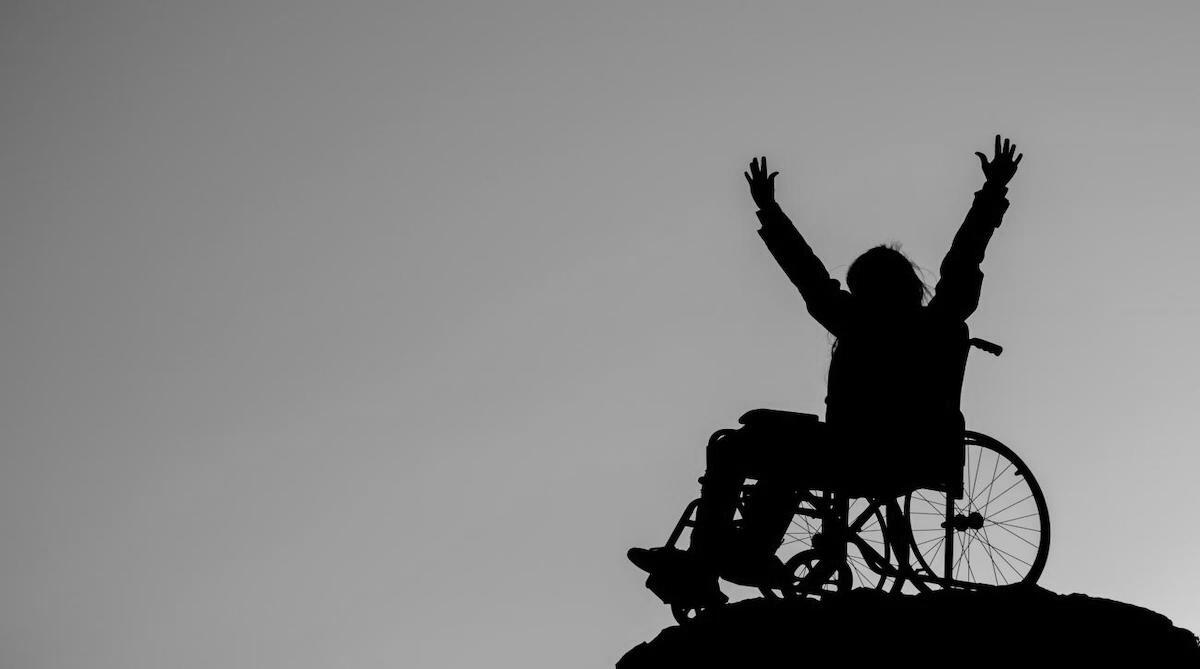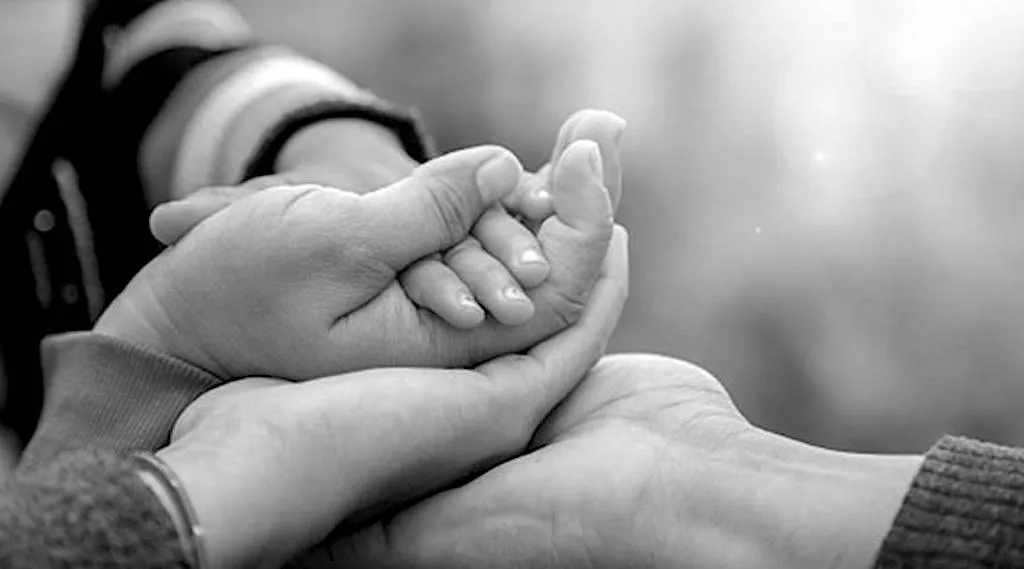Fundamental Principles on Child Safety - Laws Around Us
23 Sep, 2022

The fundamental principles to be followed in the determination of a case involving a sexual offence against a child have been laid down in various international instruments and in the Preamble to the POCSO Act, 2012 itself.
The State Governments, the Child Welfare Committee, the Police, the Special Courts, all other Government functionaries as well as Non-Government Organisations, and all professionals and experts assisting the child at the trial and pre-trial stages are bound to abide by these principles.
These principles are:
a) Right to life and survival: Every child has the right to life and survival and to be shielded from any form of hardship, abuse or neglect, including physical, psychological, mental and emotional abuse and neglect; and to a chance for harmonious development and a standard of living adequate for physical, mental, spiritual, moral and social growth. In the case of a child who has been traumatized, every step should be taken to enable the child to enjoy healthy development.
b) The best interests of the child: Every child has the right to have his/her best interests given primary consideration. This includes the right to protection and to a chance for harmonious development. Protecting the child’s best interests mean not only protecting the child from secondary victimization and hardship while involved in the justice process as victim or witness, but also enhancing the child’s capacity to contribute to that process. Secondary victimization refers to the victimization that occurs not as a direct result of the criminal act but through the response of institutions and individuals to the victim.
c) The right to be treated with dignity and compassion: Child victims should be treated in a caring and sensitive manner throughout the justice process, taking into account their personal situation and immediate needs, age, gender, disability and level of maturity and fully respecting their physical, mental and moral integrity. Interference in the child’s private life should be limited to the minimum needed and information shared on a need-to-know basis. Efforts should also be made to reduce the number of professionals interviewing the child. At the same time, however, it is important that high standards of evidence collection are maintained in order to ensure fair and equitable outcomes of the justice process. In order to avoid further hardship to the child, interviews, examination and other forms of investigation should be conducted by trained professionals who proceed in a sensitive, respectful and thorough manner in a child-friendly environment. All interactions should also take place in a language that the child uses and understands. Medical examination should be ordered only where it is necessary for the investigation of the case and is in the best interests of the child and it should be minimally intrusive.
d) The right to be protected from discrimination: The justice process and support services available to child victims and witnesses and their families should be sensitive to the child’s age, wishes, understanding, gender, sexual orientation, ethnic, cultural, religious, linguistic and social background, caste and socio-economic condition, as well as to the special needs of the child, including health, abilities and capacities. Professionals should be trained and educated about such differences. Age should not be a barrier to a child’s right to participate fully in the justice process. Every child should be treated as a capable witness, according to his/her age and level of maturity.
e) The right to special preventive measures: Children may already face twice as much risk of repeated victimization as adults because they often are or are perceived by a potential offender as being vulnerable, unsure of how to defend themselves or unable to properly assert themselves and take a strong position against an adult. A preventive measure that could be used to protect children is to demand references and a criminal background assessment before hiring personnel likely to work with children, such as schoolteachers.
f) The right to be informed: There are two aspects of child victims and witnesses right to be informed. The first aspect is the more general one and consists of informing child victims and witnesses about the assistance they are entitled to, the way legal proceedings are organized and the role they can play in those proceedings if they decide to do so. The second aspect is more specific and relates to information on the particular case in which the child is involved: it implies being informed about the progress of the case, about the scheduling of the proceedings, about what is expected of the child, about the decisions rendered, about the status of the offender, and so forth.
g) The right to be heard and to express views and concerns: Every child has the right to be heard in respect of matters affecting him/her. The child has a right to participate at all levels: being informed, expressing an informed view, having that view taken into account, and being the main or joint decision maker. When, for any good reason, the requirements and expectations of the child cannot be met, it needs to be explained to the child, in a child-friendly way, why certain decisions are made, why certain elements or facts are or are not discussed or questioned in Court and why certain views are not taken into consideration. It is important to show respect for elements that a child finds important in his/her story, but which are not necessarily relevant as evidence.
h) The right to effective assistance: The child must receive the required assistance to address his/her needs and enable him/her to participate effectively at all stages of the justice process. This may include assistance and support services such as financial, legal, counselling, health, social and educational services, physical and psychological recovery services and other services necessary for the child’s healing, as well as for justice and reintegration.
i) The right to privacy: The child’s privacy and identity must be protected at all stages of the pre-trial and trial process. The release of information about a child victim or witness, in particular in the media, may endanger the child’s safety, cause the child intense shame and humiliation, discourage him from telling what happened and cause him severe emotional harm. Release of information about a child victim or witness may put a strain on the relationships of the child with family, peers and community, especially in cases of sexual abuse. In some cases, it might also lead to stigmatization by the community, thereby aggravating secondary victimization of the child. There are two essential ways of protecting the privacy of child victims and witnesses: firstly, by restricting the disclosure of information on child victims and witnesses and secondly, by restricting the attendance of the general public or non-essential persons in courtrooms.
j) The right to be protected from hardship during the justice process: Throughout the justice process, child victims are exposed to hardship, also referred to as secondary victimization: this can occur while reporting the crime and recounting what has happened, while awaiting trial and while testifying in court. The judicial process is a very stressful one for the child; as far as possible, any stress the child may have as a result of the process should be minimized.
k) The right to safety: Where the safety of a child victim may be at risk, appropriate measures should be taken to require the reporting of those safety risks to appropriate authorities and to protect the child from such risk before, during and after the justice process. Professionals should be trained in recognizing and preventing intimidation, threats and harm to child victims and witnesses. Where child victims and witnesses may be the subject of intimidation, threats or harm, appropriate conditions should be put in place to ensure the safety of the child.
l) The right to compensation: The child victim may be awarded compensation1 for his/her relief and rehabilitation. This compensation may be awarded at an interim stage, during the pendency of trial, as well as at the conclusion of the trial. Procedures for obtaining and enforcing reparation should be readily accessible and child-sensitive. Victims may be repaid for material losses and damages incurred, receive medical and/or psychosocial support and obtain reparation for ongoing suffering.
Latest Post

26 Sep, 2019

26 Sep, 2019

26 Sep, 2019

23 Sep, 2022

23 Sep, 2022

23 Sep, 2022